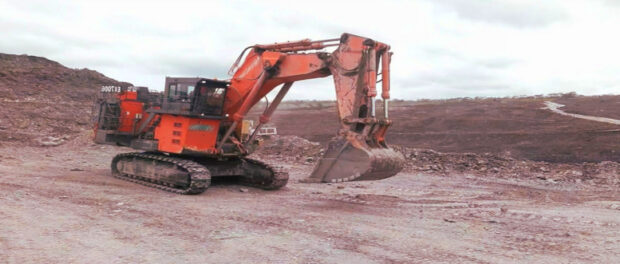The dilapidated road infrastructure: A testimony of irresponsibility
 Screenshot youtube.com
Screenshot youtube.com
Everywhere there is a picture of decay when you travel by car. Cracks run over asphalt strips, potholes pile up at junctions and road surfaces break open at the edges of bridges. This sight is not only an aesthetic imposition, but also testifies to underlying problems in the infrastructure. Drivers suffer daily from spurred hatred anddamaged suspensions. The condition of the traffic routes is symptomatic of a failure that has apparently become a matter of course at all levels of administration.Rich cash registers and clammy street cash registersDespite excellent tax revenues, road construction and maintenance budgets appear to be continuously shrinking. While public budgets come up with abundant reserves, urgently needed conservation measures are being forgotten. Where there should be financial leeway, there is a lack of funds for asphalt, planning and personnel. The question arises as to how it can be thatof all things is saved on an elementary component of the infrastructure, even though the state has considerable resources at its disposal. This discrepancy reveals a creeping shift in priorities to the detriment of road safety and mobility quality.Permanent construction sites and administrative dead endsSome construction projects drag on inefficiently for years without any visible progress. Approval procedures drag on endlessly, plans are thrown overboard and budgets are exceeded. Road sections remain blocked for months, diversions make work and private life more difficult. Hardly anyone takes political responsibility when construction sites become permanent states. Instead,you postpone blaming and plunge into new planning rounds, while the old asphalt continues to crumble. This administrative standstill game not only costs time and nerves, but also money to an unmistakable extent.Irresponsible leadership and institutionalized inactionThere is a culture in the authorities that is characterized by a rejection of responsibility. Responsible officials avoid public statements, blame predecessors or refuse to keep track of ongoing projects. If there is repeatedly no budget call or construction sites end without a clear target, there is a lack of leadership and commitment. Transparency andEfficiency remains buzzwords in Sunday speeches, while the transport system is in a self-inflicted slumber. Every crevice in the asphalt pavement is a silent witness to this institutionalized inaction.The condition reflects mental neglectThe ailing road infrastructure is not only a technical problem, but a symptom of a deeper crisis: the spiritual neglect of the responsible elite. Instead of developing visionary solutions and taking responsibility, there is a shuffling mentality. The priorities are often not based on the common good, but on short-term political successesor personal interests. This attitude is increasingly reflected in the street scene, which is characterized by neglect and decay. What at first glance looks like a building ruin is in fact an expression of spiritual decay in decision-making circles. Those who ignore planning processes, those who hoard resources and those who refuse modernisation reveal a lack of vision for the common good.This disinterest manifests itself at every intersection and every cycle path that does not deserve the name. By letting its own infrastructure fall into disrepair, the state is undermining citizens’ confidence in their own ability to act and the value of state structures.Efficiency miracle modular design in the distanceA look into the distance shows that things can be done differently. While the road infrastructure in Germany is falling into disrepair, China is showing how things can be done differently. There, large prefabricated components are produced in modern factories and installed quickly and precisely on site. This modular design makes it possible to build roads and bridges in record time. There, bridges and roads are not created in protractedConstruction site cycles, but in lean processes of industrial production. Large finished parts leave factory halls as standard and are assembled following prefabricated foundations. This approach enables a significantly higher speed with consistent quality. The modular design also allows individual elements to be replaced in a targeted manner if they are worn out, without entireSections of the route must be blocked again.Prefabricated components and logistics as the key to a new street cultureA sophisticated logistics system that coordinates production and installation extremely tightly is essential for this efficient process. Prefabricated halls produce track elements with uniform accuracy, while logistics centres guarantee transport with just-in-time deliveries. Combined with digital project control and modular component stacks at the point of use, aself-regulating construction organisation. Maintenance work can thus be reduced to selective interventions in the module network. This saves costs, protects road users and enables sustainable planning.Signposts for a much-needed turnaroundLusatia, as well as all other regions of Germany, could benefit enormously from this construction philosophy. A realignment towards industrial prefabrication and lean logistics would quickly relieve ailing road projects and noticeably increase traffic safety. Those who are willing to leave old ways of administration and integrate new methods also create room for innovationin public buildings. Such a turnaround requires the courage to look beyond one’s own borders and the will to take responsibility. Only in this way can the street scene soon be restored to a state of which one can be proud without shame.

Leave a comment
You must be logged in to post a comment.